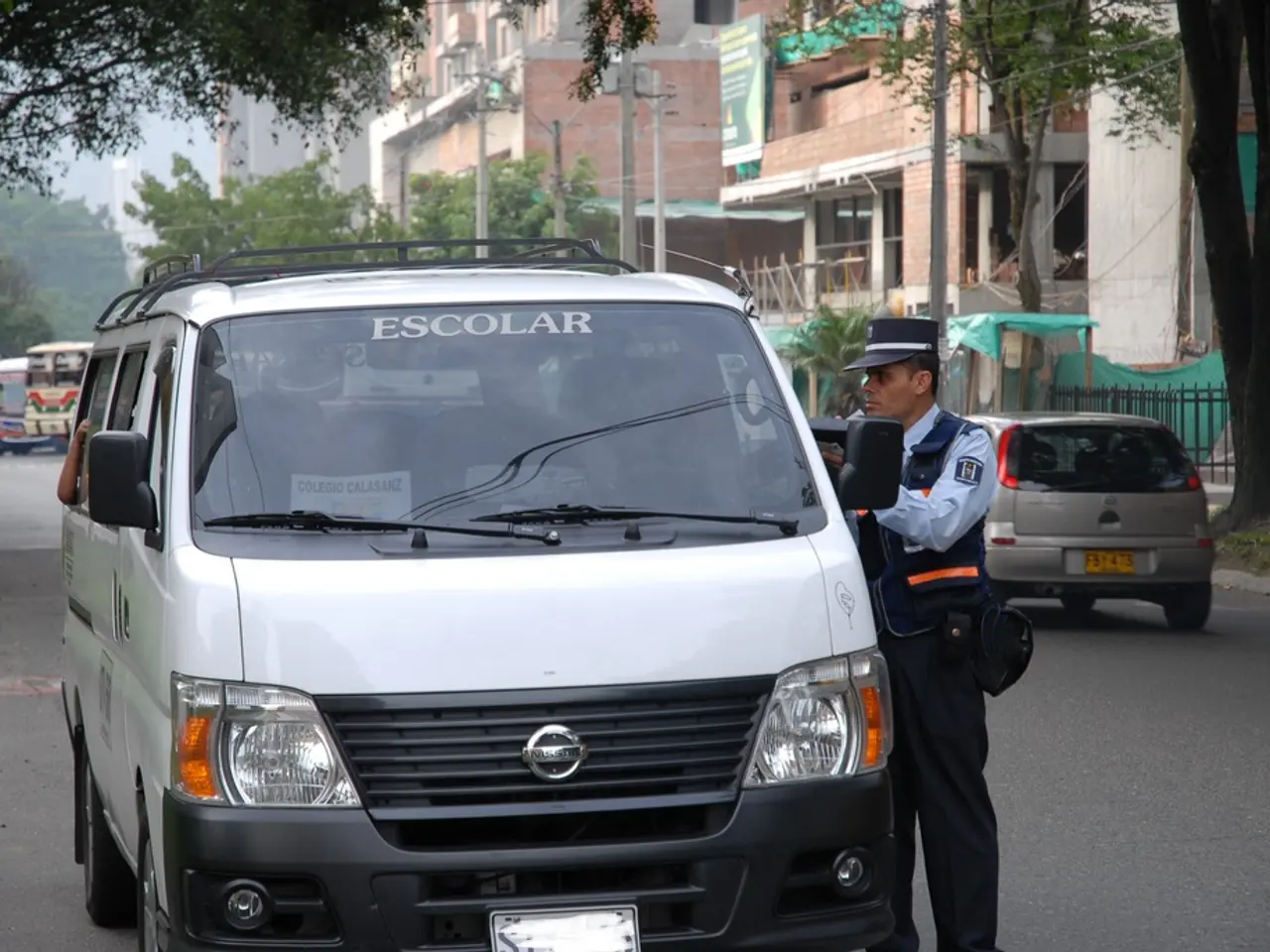Starlink Reshaping Internet Competition Across African Territories
Starlink Revolutionizes Internet Access in Sub-Saharan Africa
Starlink, the satellite internet service led by SpaceX, has made significant strides in Sub-Saharan Africa, particularly in areas underserved by traditional internet service providers (ISPs). The service, which became available in Madagascar mid-2024, delivers download speeds typically in the tens to hundreds of Mbps and upload speeds around 10–20 Mbps, with latency averaging between 20 to 50 milliseconds.
In comparison to traditional ISPs in Sub-Saharan Africa, which often rely on mobile networks or geostationary satellites, Starlink offers fiber-comparable download speeds and dramatically lower latency than legacy satellite systems (600+ ms). This performance is significantly better than traditional satellite internet providers and many mobile networks in rural or underserved areas.
For instance, in Madagascar, Starlink has gained rapid adoption, offering broadband speeds that far exceed typical rural mobile internet, at a monthly cost around $50 plus a one-time equipment fee of $250. The service is now the second-largest ISP in Nigeria with over 65,000 users, though sign-ups are paused in major cities due to capacity limits.
Starlink's low Earth orbit (LEO) satellite constellation provides latency as low as 30 ms in ideal conditions, enabling responsive applications like video calling and online gaming, which are challenging with older satellite tech. Kenya has the highest upload speed of 14.85 Mbps among the countries surveyed.
However, affordability, regulation, and reliability will determine if Starlink is a short-term disruption or a long-term solution. Equipment costs for Starlink range from $200-$700, which may limit mass adoption in lower-income settings until further cost reductions occur. Regulatory challenges persist, with delayed launches in Angola, no licenses in South Africa, Senegal, DRC, Côte d'Ivoire, and Starlink was banned in Cameroon in April 2024 for operating without a license.
Starlink has a new Point of Presence (PoP) in Nairobi, Kenya, which has resulted in a doubling of upload speed and a drop in latency by 81%. With next-gen satellites in orbit and more PoPs planned, Starlink may further narrow the digital divide.
In terms of coverage, Starlink is superior, offering internet access via LEO satellites to remote and underserved areas where terrestrial infrastructure is poor or non-existent. However, Starlink's internet service is still more than twice as fast as most terrestrial ISPs in these areas, as indicated by the Ookla report.
| Metric | Starlink (Sub-Saharan Africa/Madagascar) | Traditional ISPs (Typical rural/local providers) | |------------------|--------------------------------------------|------------------------------------------------------------| | Download Speed | 50–250 Mbps (tens to hundreds of Mbps) | Often below 10 Mbps mobile or satellite broadband | | Upload Speed | 10–20 Mbps | Usually lower, potentially <5 Mbps | | Latency | ~20–50 ms, sometimes as low as 30 ms | 600+ ms for geostationary satellite; tens to hundreds for mobile | | Pricing (Madagascar) | ~$50/month + $250 equipment cost | Generally cheaper but much slower and less reliable | | Coverage | Remote/underserved areas via LEO satellites | Limited by terrestrial infrastructure and coverage |
In summary, Starlink's offering is superior in speed and latency and competitive in coverage, but pricing may limit mass adoption in lower-income settings until further cost reductions occur. Affordability, regulation, and reliability will play a crucial role in determining Starlink's long-term impact on internet access in Sub-Saharan Africa.
[1] Starlink's Expansion into Sub-Saharan Africa: A Game-Changer for Remote Areas
[2] Starlink's Impact on Internet Speed and Latency in Sub-Saharan Africa
[5] The Cost and Affordability of Starlink's Internet Service in Sub-Saharan Africa
- Starlink's advancement in Sub-Saharan Africa, including its foray into space-and-astronomy through low Earth orbit (LEO) satellites, revolutionizes internet access in remote and underserved regions, offering science-based technology solutions that surpass traditional ISPs in speed, latency, and coverage.
- The advent of Starlink in Sub-Saharan Africa significantly improves internet speed and latency, bridgeing the gap between rural areas and their urban counterparts thanks to the science and technology behind its space-and-astronomy-driven satellite constellation, providing fiber-comparable download speeds and dramatically lower latency than legacy satellite systems.




